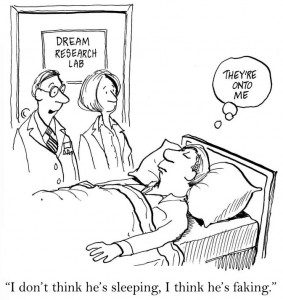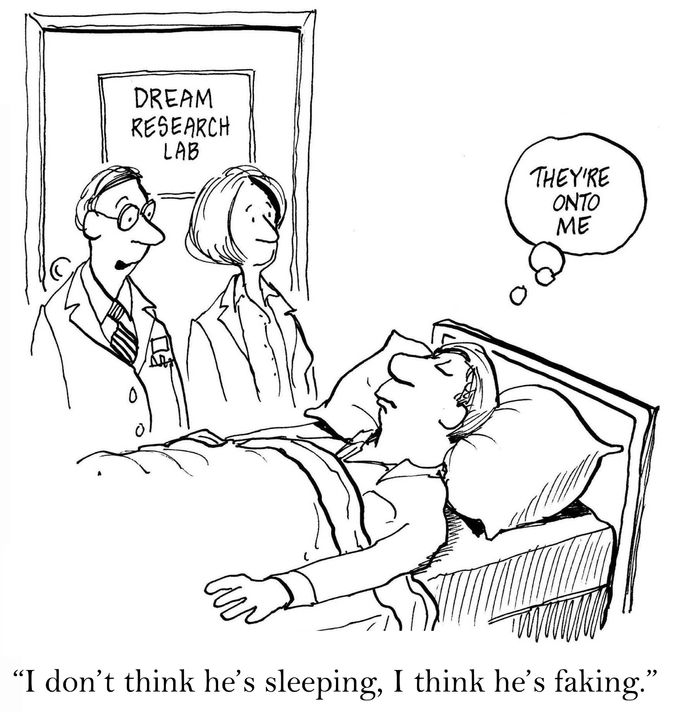If you haven’t been sleeping well on a long-term basis, don’t be so quick to diagnosis yourself. Often times sleep is prevented or interrupted by conditions within the body, conditions that can be identified by a licensed physician using the results of a diagnostic sleep study.
A diagnostic sleep study, also known as a polysomnogram (PSG), is a technique used to identify the presence of sleep disorders. It mainly involves connecting a patient to monitoring equipment and recording his or her sleep for a night. The information produced from a recording like this can provide invaluable clues that can lead to the cause of a person’s sleep problems.
Some of these studies are conducted with take-home equipment, while others are conducted in labs that resemble a hotel room. Keep in mind that studies perform in a lab tend to be considerably more through, compared to studies with take-home equipment.
During an in-lab study, first you’ll check in. There may be some paperwork required. You’ll also meet your sleep technologist who will shoe around the lab and answer any of your questions, as he/or she will be conducting your study throughout the night.
While rooms tend to vary lab to lab, the room should be furnished with a comfortable bed, cable television, plenty of blankets and be near a clean restroom. After the tour, it’ll be time to change into your pajamas and get ready for bed.
The technologist will come in when you are ready to begin the “hook up,” which is the process where you’ll sit and watch television while the technologist connects monitoring equipment. The hook up involves more than 20 wires, more than half of them will end up on your head. Using tape and a conductive paste, it usually takes a sleep technologist around 45 minutes to put all of these wires in place. The next morning, everything should easily come right off with a little warm water and a light adhesive remover.
Of course with all of those wires, you are probably wondering how you supposed to move around and sleep. First, note that all of the wires can be attached outside or just inside of your clothing, bundled together, and plugged into a small box that then connects to a bedside cable. If you need to get out of bed, you should be able to inform your technologist, who will come in and disconnect the box to allow you to get up and move around as needed. Also, the wires won’t affect your sleep either, as they are small and easy to get used to.
If it is difficult for you to sleep in new environments, consult with your physician ahead of time about a sleep aid. Most labs won’t be able to supply them on-site, so you’ll need to bring your sleep aid with you.
At this point, it’s smooth sailing: sleep, wake up, get up unhooked and have a great day. It is standard that your sleep technologist is not allowed to tell you what happened. Results normally take a week or two to process, after which you will meet with your physician to discuss what happened.
If your physician already suspects or has identified a specific sleep disorder, such as sleep apnea or narcolepsy, the structure and equipment for your study may be different.
Don’t be afraid to ask what to expect. It can be scary to think of being connected to wires for one night, but the long-term solution of better sleep will make it worth it!



No comments yet.